Uncover the simple techniques to transform your stiff acrylic yarn into a soft, plush texture ideal for all your crafting projects.
Acrylic yarn, while affordable and versatile, can sometimes feel a bit stiff or scratchy. Fortunately, there are a few simple methods to soften acrylic yarn, making it a delight to work with and wear. These techniques involve the use of everyday household items like hair conditioner, vinegar, or even a washing machine. In this article, we will dive into these methods in detail, explaining how to use them effectively to transform your acrylic yarn into a softer, more comfortable material for your yarn crafts.
Stay tuned for a comprehensive guide that will make your crafting experience with acrylic yarn more enjoyable.
Key takeaways:
- Soften acrylic yarn with fabric softener or vinegar.
- Use hair conditioner to make yarn softer and smoother.
- Steam the yarn to relax the fibers and make them softer.
- Soften finished crochet projects by washing and air drying.
- Store softened acrylic yarn in a cool, dry place to maintain softness.
Properties of Acrylic Yarn
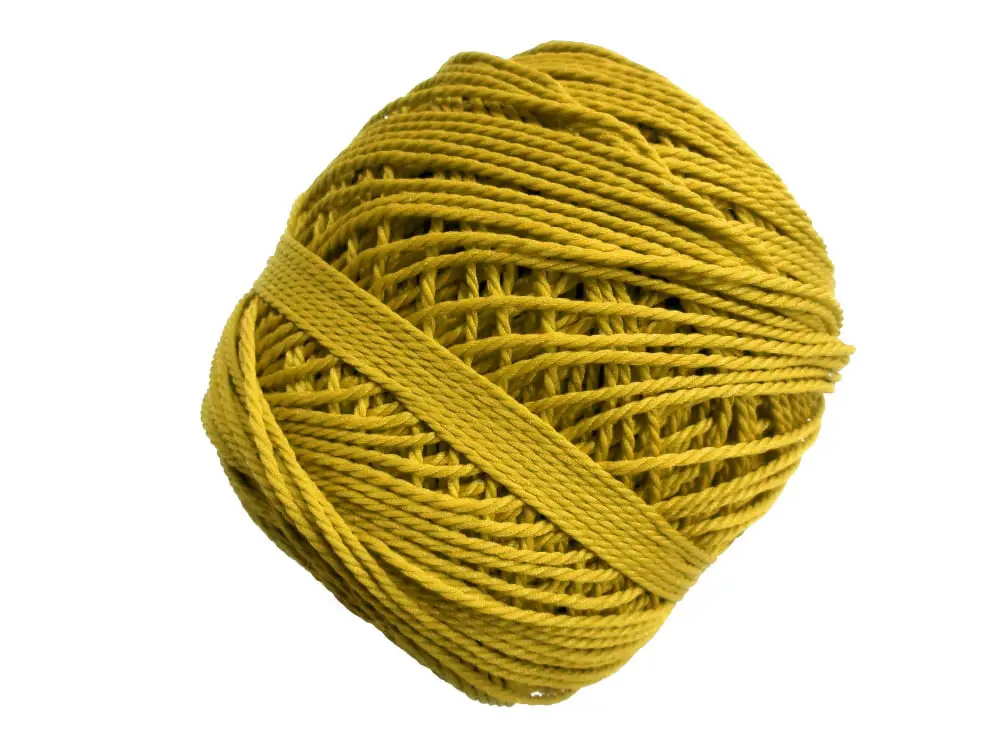
Acrylic yarn holds a unique set of characteristics that make it a popular crafting choice. Due to its synthetic origins, it boasts durable longevity, is machine-washable, and typically available at an affordable price point. However, this type of yarn can sometimes have a rough texture, which may not lend itself well to soft, cozy projects where comfort is key.
- Durability: Acrylic yarns have the ability to withstand wear and tear, making them an excellent choice for items that will receive regular use like blankets or wearables.
- Machine-washable: Unlike some other yarn types, acrylics can be easily cleaned in the washing machine, simplifying the care process.
- Affordability: Given its synthetic nature, acrylic yarn tends to be cheaper than natural fiber counterparts, making it an economical choice for large projects or for those on a budget.
- Rough texture: One common disadvantage is that this type of yarn is often perceived as less soft or more scratchy than other varieties, which could potentially be uncomfortable for projects intended for direct skin contact.
Should the roughness prove to be an issue, there are several methods to soften acrylic yarn, making it more suitable for a wider variety of projects.
Reasons to Pre-Soften Your Acrylic Yarn

Pre-softening acrylic yarn allows for a more comfortable wear for handmade clothing items, as the yarn becomes less scratchy. This can especially enhance the overall feel of scarves, hats, and sweaters.
A softened acrylic yarn becomes more manageable for crafting. It flows easily on the crochet hook or knitting needles, making the process smoother and more enjoyable.
The final product benefits as well. A project made with softened yarn usually has a better drape, which can significantly improve the look of garments or household items like blankets.
Acrylic yarn often has a shiny, slightly plastic appearance when purchased. Pre-softening can help reduce this sheen and give the yarn a more high-quality, natural look.
Softened yarn also tends to be less prone to static. This is a major advantage, as static can cause yarn to be difficult to work with and make the final projects attract dust and lint.
Lastly, the washing process that softens the yarn also cleans it. This is particularly beneficial for yarn bought in a skein or hank, as it often contains small amounts of factory dust, vegetable matter, or other residues.
Yarn Softening Techniques
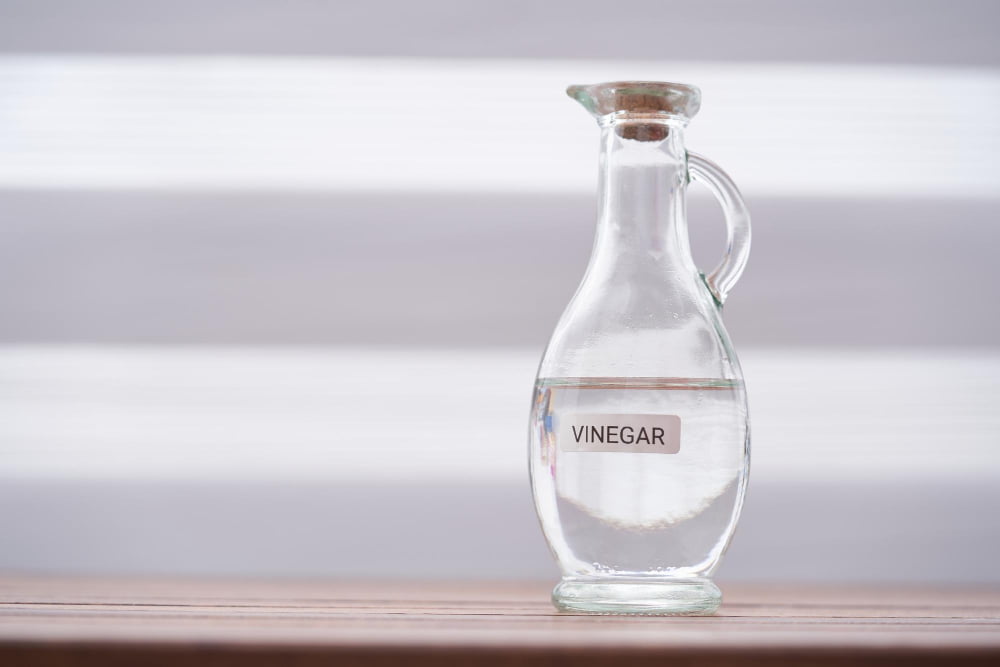
Several techniques come into play when it comes to softening acrylic yarn. While all options contribute to transforming stiff, scratchy yarn into a softer, more pliable material, the proper choice depends largely on what you have on hand and how much time you can dedicate to the task.
One may consider a fabric softener method, where immersing the yarn in a mixture of water and fabric softener drastically changes the texture. It involves soaking, gentle agitation, and drying.
Vinegar is another household item that can serve the purpose. By combining water and vinegar into a soaking solution, the acidity tenderizes the acrylic fibers, subsequently resulting in softer yarn.
Hair conditioner, too, can be used similarly to fabric softener. Its smoothing ingredients can envelop the yarn strands making them softer and smoother.
Another option is to steam the yarn. The heat from steam helps the acrylic fibers relax, making them more flexible and, in turn, softer.
Lastly, you can soften the yarn once it’s in its final project form. Specifically for crocheted or knitted items, a wash-dry-repeat cycle can do wonders in softening the finished product.
Each of these methods requires its specific step-by-step procedure, which we’ll cover in the following sections. While these tactics can help soften acrylic yarn, remember not to overdo it as excessive treatments could damage the yarn and reduce its lifespan.
How to Soften Acrylic Yarn With Fabric Softener
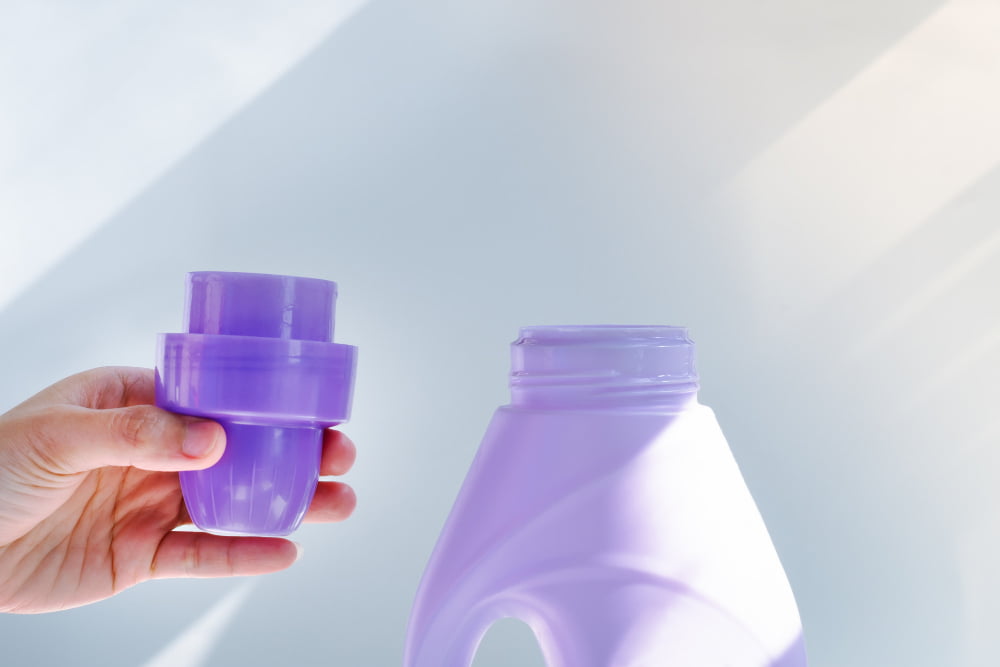
Begin by filling a sink or basin with lukewarm water, ensuring it has enough capacity for your acrylic yarn to be fully submerged. Next, add a small amount of fabric softener into the water and stir it gently until it’s fully mixed in.
Once it’s ready, take your skein, ball, or finished acrylic yarn project and place it gently in the fabric softener solution. Make sure it’s fully saturated and let it soak for about 30 minutes. This period allows the fibers of the acrylic yarn to soak up the fabric softener and become softened.
After the soaking, it’s important to rinse out the yarn using lukewarm water again. Carefully remove excess water without wringing the yarn, which could potentially damage the fibers. Just gently squeeze out water or let it drip dry.
For drying, a towel can be used to gently blot the yarn, extracting as much water as possible. It’s crucial not to agitate the yarn excessively during this process to maintain its integrity. Once blotted, lay the yarn flat to dry completely, out of direct sunlight and away from any heat sources.
Always remember never to machine wash or dry a pre-softened acrylic yarn project, as the agitation and heat can damage the softened fibers. Hand washing and laying flat to dry are the best ways to maintain the softness and durability of your yarn.
Using Vinegar to Soften Acrylic Yarn

Start by combining equal parts white vinegar and water in a bucket. Make sure there’s enough liquid for the yarn to move freely. Submerge the skein thoroughly, ensuring it’s fully saturated, which may take a few moments due to the acrylic’s water resistance.
Next, allow the yarn to soak in the vinegar solution for about one hour. This exposure gives the vinegar ample time to penetrate the acrylic fibers, which results in a softer texture.
After the soak, rinse the yarn carefully under cold water. It’s crucial to remove all traces of vinegar as any residue might alter the yarn’s color or texture.
The final step in this process is to gently squeeze out any excess water. Avoid wringing or twisting, as it can distort the shape of the yarn. Once it’s properly strained, lay it flat on a towel to air dry. Roll the towel to help absorb the excess water. Unroll and leave the yarn to dry completely.
Remember, patience is the key while waiting for the yarn to dry. This step is critical to prevent molding or unpleasant smells. Repeat the process if necessary to achieve the desired softness.
Utilizing Hair Conditioner to Soften Acrylic Yarn
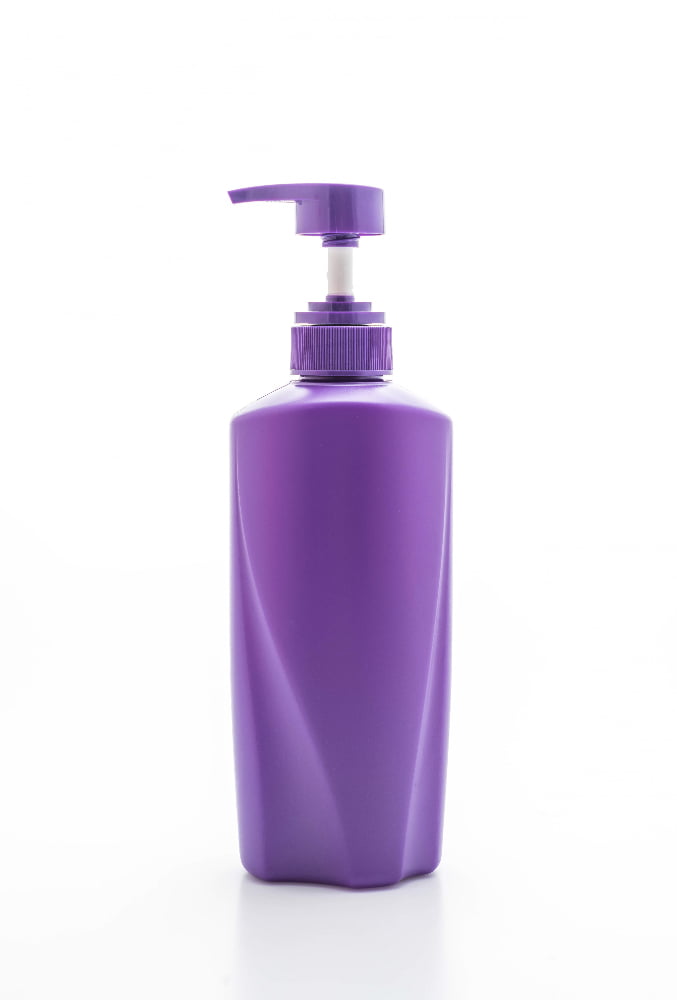
Start by thoroughly wetting the yarn in lukewarm water. Squeeze out any excess moisture before you apply the conditioner. Application of conditioner is as simple as rubbing it in. Make sure to coat every strand, paying extra attention to areas that feel particularly scratchy.
After the conditioner is applied, leave the yarn to soak for about an hour. This gives the conditioner ample time to work itself into the fibers, smoothing out any roughness and adding suppleness.
Following the soaking period, rinse the yarn under room temperature water. Ensure you remove all the conditioner. You’ll know you’re done when the water runs clear and there’s no slippery residue on your hands or the yarn.
For drying, carefully squeeze out any water avoiding to wrinkle or stretch the fibers. Then, roll the yarn in a clean, dry towel to extract the remaining moisture. Lay the yarn flat on another dry towel and straighten it out – this will help prevent any wrinkling or warping as the yarn dries. Air drying is the preferred method, as heat can potentially damage the fibers.
Take note that excessive agitation while wet can lead to fuzzing or pilling of the yarn, so handle it carefully. Any hair conditioner can be used, but avoid those with dyes or perfumes, as these can potentially transfer onto your yarn. Stick to plain, white conditioners whenever possible.
Employing Steam in Softening Acrylic Yarn
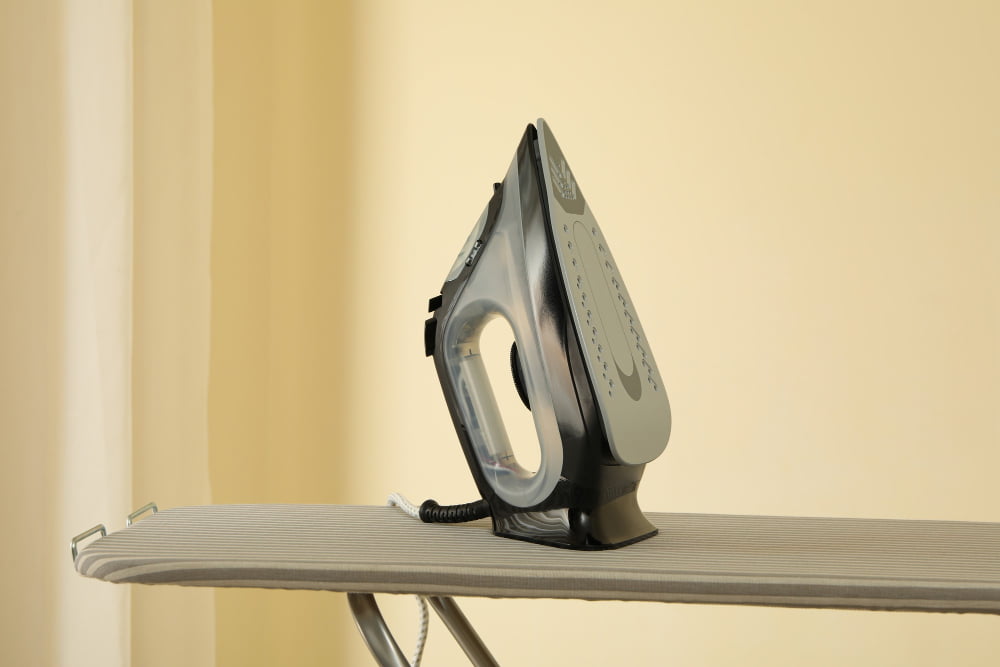
Employing steam is another effective method to soften acrylic yarn. On exposure to steam, the synthetic fibers unwind and reshape themselves. This is more of a temporary solution, as with laundering, the yarn may revert to its original texture.
To use this method:
- Arrange the acrylic yarn on an ironing board, keeping the iron on the steam setting
- Position the iron approximately an inch above the yarn, ensuring you don’t touch it as it may lead to melting or damaging the fibers
- Move the iron back and forth, allowing the steam to penetrate the fibers for a few seconds
- Turn over the yarn and steam the other side in the same manner
- After the process, leave the yarn out to cool off
Remember to not put any pressure on the yarn with the iron. Also, be sure to test a small portion of the yarn first, as not all acrylic yarns react well to heat.
How to Soften Acrylic Yarn in a Skein

Start by looping a skein around your arm or a chair, ensuring it remains untangled. Next, prepare a rinsing container with warm water, adding either a capful of fabric softener, a tablespoon of hair conditioner, or a half a cup of vinegar. Mix this solution thoroughly to ensure the softening agent is well-dissolved.
Submerge the skein completely in the mixture, gently squeezing it to ensure the solution penetrates the yarn fibers.
Allow the yarn to soak for at least one hour, though a longer soak time will enhance the softening process. Do remember to not agitate the yarn too much to avoid any risks of felting.
Once the soak time is complete, gently squeeze out the excess solution. Avoid wringing the yarn as it can distort the overall shape. Rinely the yarn meticulously with lukewarm water until the water runs clear.
The remaining process includes drying and storing the yarn, which also plays a significant role in preserving the softness.
Softening Crochet Projects Made With Acrylic Yarn
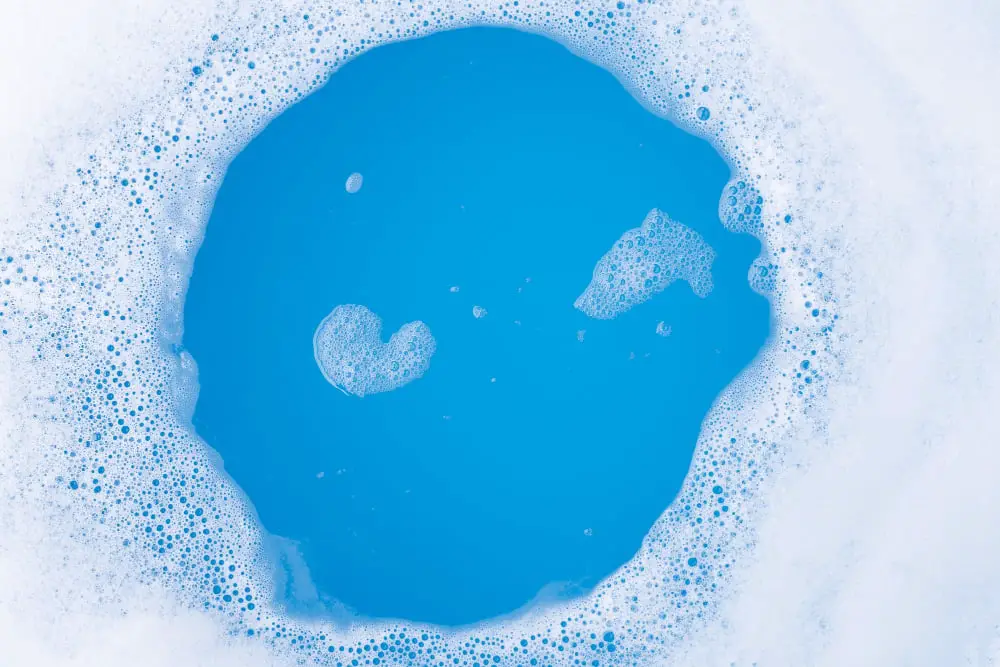
Softening a finished crochet project involves a few easy steps, providing an opportunity for enhancement of its cozy nature.
Begin by bathing the item in cold water and a gentle detergent. The water should be cold to avoid any potential damage or unwanted changes to the yarn fibers. Opt for a mild, color-safe detergent to maintain the colors of your project.
After soaking for a couple hours, rinse thoroughly with fresh cold water to remove all detergent. At this point, add to the rinse water either a fabric softener or hair conditioner. These are excellent softening agents that won’t harm the acrylic yarn.
Next comes gently squeezing out the excess water from the project. Avoid wringing or twisting motions as they can distort the crocheted stitches.
To dry, lay the project out on clean towels, reshaping it gently to its original dimensions. Remember never to hang the wet project as it can stretch out of shape.
If the finished crochet project still feels a bit stiff, resort to the steam method. This entails using a garment steamer or steam iron held a few inches above the project, never allowing the steamer or iron to touch the crochet work directly.
While this process seems lengthy, it’s worth the effort. The end result will be a much softer and more cozy finished crochet project, enhancing not only its tactile qualities but also its overall comfort.
Drying Your Yarn After Softening
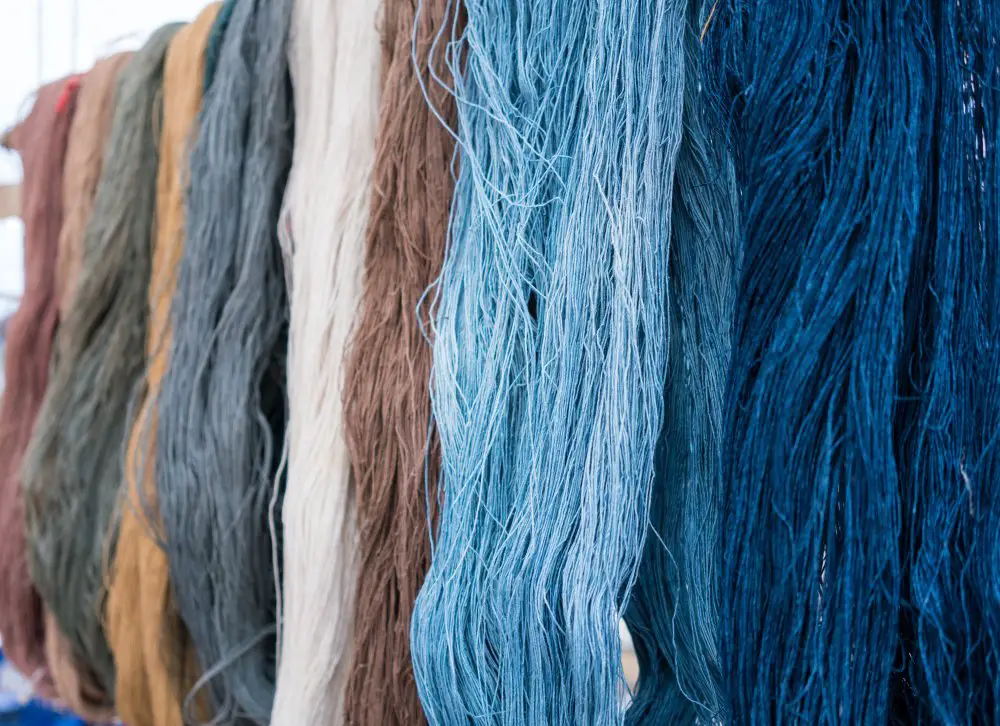
Once the yarn has been soaked and rinsed, it’s time to dry it. Avoid wringing it out, which may cause it to distort or stretch. Instead, gently squeeze excess water out. Lay out a large towel and place the yarn on top. Roll the towel up with the yarn inside and press down gently to absorb the remaining moisture.
Next, it is recommended to air dry your yarn. You may spread it out on a flat surface that’s covered with a dry towel or sheet. If feasible, place the yarn in a well-ventilated area or near a source of heat. However, keep it away from direct sunlight which can cause the colors to fade.
If you’re in a hurry, a hairdryer can be used on a cool setting. Hold the hairdryer at least one foot away to prevent the yarn from overheating, which may stiffen or further shrink it.
Remember not to rush the drying process, as damp yarn can lead to mildewing. The yarn must be completely dry before you can use it in your next knitting or crocheting project.
Caring for Acrylic Yarn Post-Softening
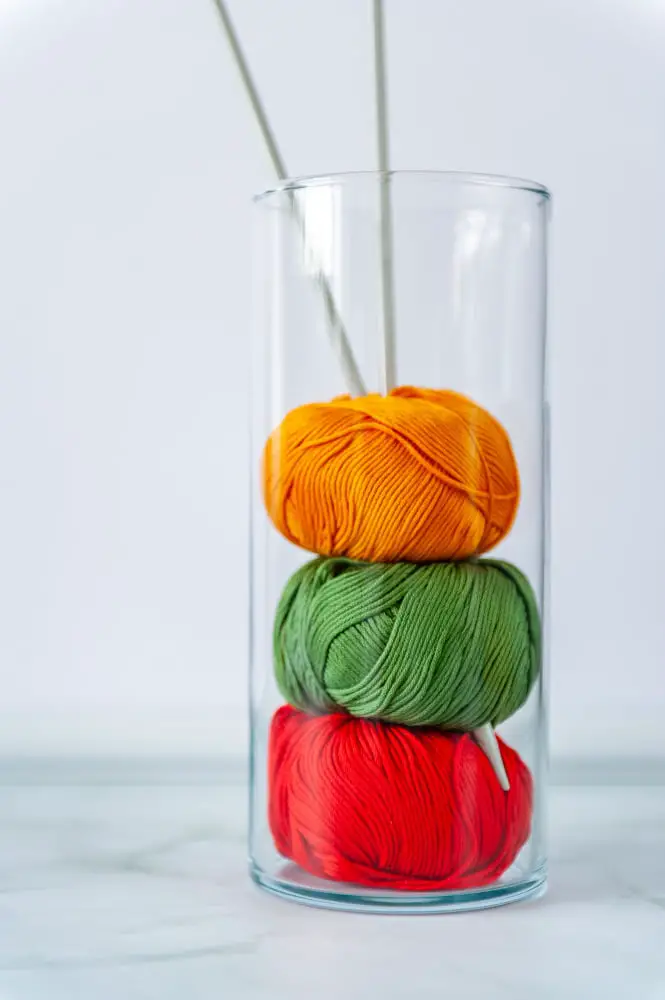
Maintain the softness of your yarn by washing it gently after it’s been used in a project. When machine-washing, opt for a ‘delicate’ setting, and if hand-washing, avoid vigorous scrubbing.
Select a mild detergent or a special yarn/craft wash. Harsh chemicals can stiffen the fibers and you’d have to repeat the softening process.
Do not wring out the yarn or project. This can lead to stretching and weaken the fibers. It is better to roll it in a towel to remove excess water.
Air dry your project or yarn, direct heat may shrink or cause damage. Lay it flat on a clean towel and reshape if needed.
When not in use, store your acrylic yarn or finished items in a cool, dry place. An airtight container can help protect against dust and environmental factors.
Avoid storing acrylic yarn under direct sunlight or in an overly humid place as it might ruin the yarn’s texture.
Remember, for longevity, always refer to manufacturer’s guidelines as well. Different brands may have different care instructions for their types of acrylic yarn.
Regular care and maintenance can help keep your acrylic yarn soft and extend its lifespan, ensuring it’s always ready for your next crafting adventure.
Storing Acrylic Yarn After Softening
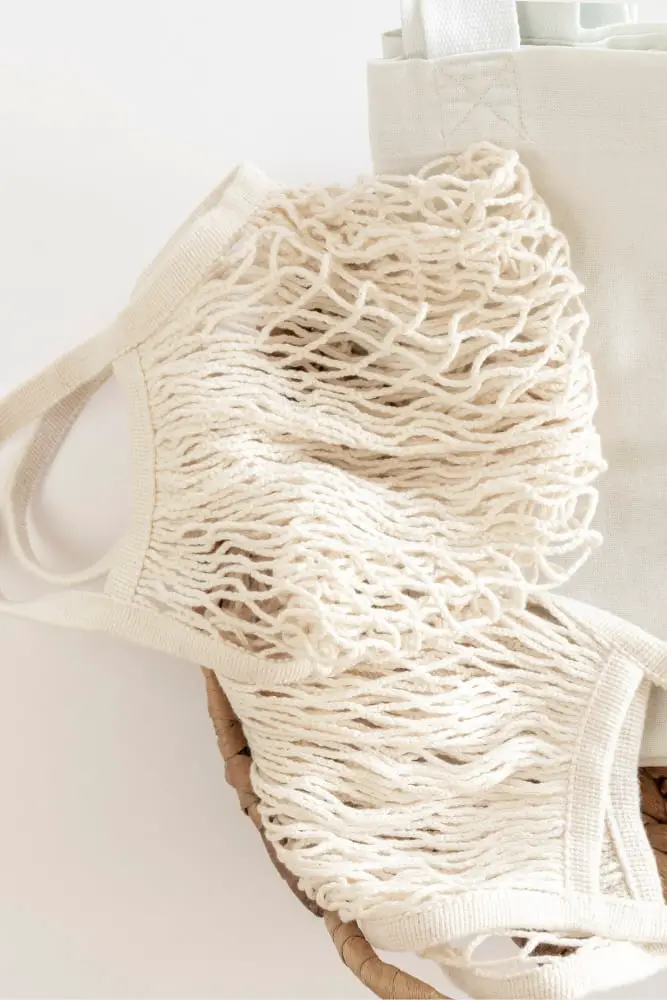
After the softening process, correct storage of acrylic yarn is essential to maintain its softness and prevent it from reverting to its previous stiffness. Begin by choosing a cool, dry place away from direct sunlight, as heat and light may compromise the yarn’s softness.
Next, consider the storage method. Avoid storing acrylic yarn in plastic bags as this can trap moisture, causing the fiber to become stiff again.
A better alternative is to use cotton or canvas bags, as they allow good air circulation. Organize the yarn by color or thickness for easy identification. Note that soft acrylic yarn may be more prone to snags and tangles, therefore, consider winding it into a ball to prevent these issues.
Furthermore, avoid crushing or compressing the yarn. If keeping your softened acrylic yarn in a storage box or drawer, make sure it’s not too cramped and the yarn can ‘breathe’. Regularly check on the yarn to ensure it is maintaining its softness and handle it gently to prevent it from becoming rough or tangled.
Lastly, even after softening, some acrylic yarns may develop static electricity. To prevent this, you can place a piece of damp (not wet) cotton cloth in the storage box or drawer with the yarn. The cloth will naturally humidify the environment, controlling static. However, to prevent potential mold growth, ensure to replace the cloth before it completely dries out.
FAQ
How do you soften 100% acrylic yarn?
To soften 100% acrylic yarn, immerse the completed project in a solution of 4 cups cool water and 1 tablespoon white vinegar for a minimum of 20 minutes, then rinse with cool water, optionally putting it in the washing machine if a vinegar odor persists.
Does acrylic yarn get softer?
Yes, acrylic yarn can become softer with adequate care such as using a hair conditioner and soaking it for an adequate amount of time.
What methods can be used to prevent acrylic yarn from itching?
Soaking acrylic yarn in a solution of vinegar and water or washing it with fabric softener can help to reduce itchiness.
Can fabric softener be used on acrylic yarn without damaging it?
Yes, fabric softener can be safely used on acrylic yarn as it can aid in making the yarn softer and more pliable.
Is there a difference in softness between single ply and multiple ply acrylic yarn?
Single ply and multiple ply acrylic yarn can vary in softness due to differences in the manufacturing process, but it’s not a rule since softness is primarily dependent on the quality of the fibers used.





